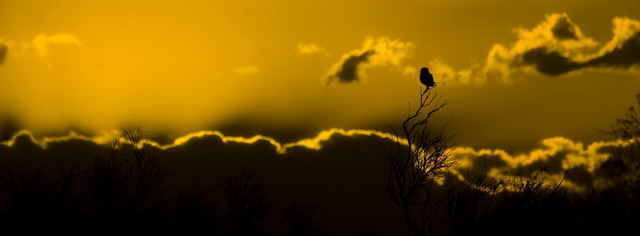Las peculiaridades de la fauna malgache no se limitan a los lemures y camaleones, sino que cuando te pones a buscar invertebrados, también te llevas sorpresas...
giant (thick as a finger) and colouful millipedes,
milpies gigantes (tan gruesos como un dedo) y de colores vivos,
ping pong ball sized isopods,
isópodos del tamaño de una pelota de ping pong,
colourful bugs,
chinches de colores llamativos,
giant snails,caracoles gigantes,
then there are the bizarre stick insects,
luego están los insectos palo,
giant flatworms,
platihelmintos gigantes,
all kinds of funky caterpillars,orugas de todo tipo,
and even the animals that appear to be more 'normal', try to compensate and entertain you by indulging in unusual behaviours...
e incluso los bichejos más 'normales' parecen intentar compensarlo mostrando comportamientos poco habituales de ver...
a shield bug feeding on a caterpillar,
una chinche comiéndose una oruga,
a spider wrapping plant stems together, presumably to make a nest,
una araña juntando tallos, seguramente construyendo un nido,
a cicada folding and chewing two leaves together (probably for the same purpose),
una cicada masticando, doblando y juntando dos hojas, seguramente con el mismo fin,
or an insect emerging from its moult.
o un insecto mudando.
And to wrap it up, a few images of flatid leaf bugs Phromnia rosea, which look just like flowers until you take a closer look...
Y para acabar, un par de fotos de Phromnia rosea, que a primera vista parecen flores creciendo en las ramas en las que se posan...


























































